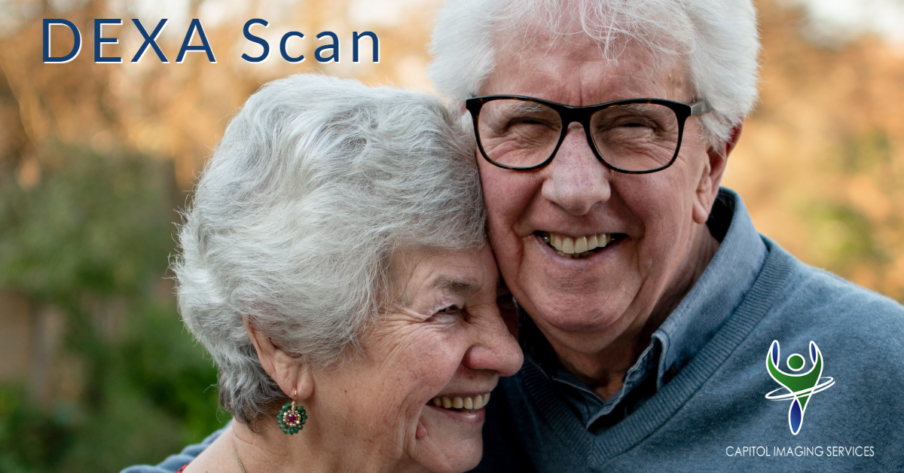In today’s blog post, we discuss two powerful tools used to evaluate patients for osteoporosis and fracture risk - a FRAX evaluation (Fracture Risk Assessment Tool) and a DEXA scan (Dual-Energy X-ray Absorptiometry).
About 54 million adults in the United States are affected by weak, porous bones (osteoporosis) and low bone mass (osteopenia). These conditions significantly increase the risk for serious spine, hip and thigh fractures - Injuries which can result in long-term disability, considerable discomfort and a lengthy recovery period.
The human body naturally loses and replaces bone. However, those with Osteoporosis lose bone faster than the body can replace it. Bones become more porous and weaker, which makes them more likely to fracture. Even something as simple as changing position or bumping against an object can cause a fracture in more advanced stages of the disease.
DEXA + FRAX to Evaluate Your Risk
FRAX® is a sophisticated data evaluation screening tool developed by the World Health Organization to identify people who may be at risk of developing osteoporosis.
The instrument uses personal details, such as height and weight, medication history, smoking history, and family history, to predict whether someone is at risk of developing osteoporosis in the next 10 years.
This information along with your DEXA Scan can help your doctor determine what course of action needs to be taken such as lifestyle and diet changes or medication that may help in preventing, or treating osteoporosis.
Who needs a DEXA scan?

Increased age
Many individuals lose bone mass as they get older. The National Osteoporosis Foundation recommends people at average risk get a DEXA scan starting at 65 (women) and 70 (men). Click here to learn more about the National Osteoporosis Foundation

Family history
If one or more family members have had osteoporosis or more than one fracture.

Previous fracture injuries
Breaking a bone, especially after age 50, may be a sign of greater risk. Porous (less dense) bones break more easily.

Medications
Certain steroids, cancer treatments, and drugs used after an organ transplant can weaken bones.

Your overall health
Many chronic medical disorders can make bones more likely to break. Risky conditions include rheumatoid arthritis, lupus, diabetes, liver and kidney disease.

Lifestyle
Consuming too much alcohol, eating disorders, tobacco products, and a sedentary lifestyle can contribute to osteoporosis.
How does the scan work?
DEXA uses a very small dose of ionizing radiation to produce pictures of the inside of the body, usually the lower spine and hips, to measure mineral content and bone loss.
The patient will lie very still on a flat, open x-ray table, while the scanning arm moves slowly above their body. The hips and spine are usually the areas scanned but the forearm can be used if there are other health issues present. This outpatient procedure usually takes 10 to 20 minutes.

What else do healthcare providers use DEXA for?
Have questions about DEXA or FRAX?
It is never too early to learn how to take care of your bones! A FRAX evaluation combined with a DEXA scan will give you and your doctor the necessary information to create an effective bone health plan. Ask your provider if you should consider scheduling a DEXA scan today. Then, talk about steps you can take to slow bone loss or protect your bones for years to come.
Ready to schedule your DEXA scan? Contact us today to schedule your appointment! A Capitol Imaging Services associate will be happy to answer your questions and arrange a visit.


